Want a Successful Business? Do What This Indian Restaurant in Hong Kong Does.
You'll probably make money. But you'll also be making the world a better place.
Michael and I recently stumbled upon an Indian restaurant in Hong Kong, Pakeeza Food Restaurant, that was so different and fantastic, I wondered: If every business did what this place does, would they almost certainly find success?
What are they doing exactly?
It’s pretty specific, and some of it is clearly a choice. But much of it also seemed unintentional — things that result from the personalities involved or were forced upon them by circumstances.
Even so, I think they offer some fantastic lessons for entrepreneurs.
I’ll spell it all out at the end of this article, but in the meantime, see if you can figure it out for yourself.
Ironically, it’s not about a great location. This restaurant is almost comically difficult to find — tucked away in the back of the third floor in an old public market.
It’s also not about aesthetics, as the market is dingy and half-abandoned, and the restaurant itself isn’t much better.
We learned about the place via an online search for “Indian restaurants,” and I noted that it had a very high user rating — 4.9 from thousands of reviews.
But we also had a hell of a time finding it. The address was the entrance to the public market.
We entered and wandered around the deserted hallways, with most of the market stalls already closed for the night — or permanently empty.
Finally, we spotted a sign for the restaurant pointing upstairs.
At the top of the stairs, we spotted another sign leading to another stairway going up again.
I’m sure many would-be diners turn back long before they reach the third floor, but by this point, I was all-in.
There’s really a restaurant all the way up here? I thought. I must see this place!
But even now, we had to follow more signs, around more corners and down more hallways.
Until — yes! — we finally came to the restaurant itself.
The interior had a decor that is probably best described as “old hospital cafeteria.”
“Difficult access” and “bad aesthetics” are usually net negatives for a business. But somehow here they intrigued.
And I clearly wasn’t the only one interested: the restaurant had about ten tables, and nine of them were occupied — even though the market outside had been almost entirely deserted.
We took the one empty table, and the proprietor soon approached, asking if it was our first visit. When we said it was, he asked where we were from — “Seattle in the United States” — and seemed genuinely enchanted by our response.
Of course, he’d been equally enchanted by the New Zealander and Canadian couple at the table next to us, and two French men next to them.
Then he started explaining the menu, and it was a performance for the ages.
Since it was our first visit, he recommended we try one of the two “set menus.” The first was a choice of three curries, out of sixteen or so, along with basmati rice, roti bread, soup, dessert, any drink, and coffee. The second menu featured a tandoori mix grill of fish, prawn, and chicken, accompanied by a samosa, one curry, and all the other extras.
We chose the first set menu, and this is where it got interesting.
He told us the curries were all-you-can-eat and that they would refill any or all of them at will. Then he quizzed us on what we enjoyed — vegetarian for me, and at least one chicken dish for Michael — and then helped us come up with six different curries we could share.
At one point, he even happily suggested that Michael should try the (presumably expensive) lamb.
The whole point seemed to be to custom-make the meal to exactly what we wanted.
And the “flat” price for our set menu was $150 Hong Kong dollars a person — or about $20 USD. The other one, with the tandoori meat, was $200 Hong Kong dollars — or about $25 USD. (There is no tipping in Hong Kong, and sales taxes are always included in any prices.)
Restaurants in Hong Kong are more affordable than in Western Europe, and far cheaper than in the United States, but this was inexpensive even by Hong Kong standards.
The proprietor left, and a server, another Indian man, immediately began bringing out the food.
With the first course, he said, “Corn curry soup. Very, very good.”
With the next, a sweet dish served as an appetizer, he said, “Maha blanca. Very, very good.”
With the curries, he identified them all: Aloo gobi, baingan masala, and all the rest. Then, as always, he added, “Very, very good.”
This was, of course, ridiculously charming.
And the food? It really was very, very good.
And once our curries were empty, the server immediately appeared to ask if we would like more of any of them — or, perhaps, all of them?
We acquiesced with nods and soon ate to bursting.
When we finally said we could eat no more, the server brought us after-dinner milk coffees.
It was a completely satisfying meal on every level.
Later, we complimented the owner on his restaurant and told him how much we loved the whole experience. His face immediately lit up.
“I am so happy you enjoyed it!” he said.
I couldn’t help but ask him about the restaurant’s unusual location.
“We had no choice,” he told me. “We couldn’t afford the rents at nicer places. But we’ve been here three and a half years now, and it is good.”
I nodded to the crowded tables. Perhaps word-of-mouth was working in their favor?
“Yes, people tell their friends,” he said with another smile.
I said at the beginning of this article that I would offer my opinion on what exactly this restaurant is doing that makes it so successful.
Part of it is obvious: they’re offering an objectively superior product at a lower-than-usual price.
They’re also in the “hospitality” business, and they’re genuinely hospitable. There’s no stinginess, upselling, nickel-and-diming, or trying to guilt or fawn you into leaving a bigger tip. First and foremost, the goal is for you to have a good meal.
I think these things — most of which are specific choices the proprietor made — more than make up for the awkward location and dubious aesthetics.
But the more I think about this restaurant, the more I think that its success also comes, in part, from things the proprietor never considered.
Eating at Pakeeza Food Restaurant isn’t just a meal — it’s an experience.
Yes, it’s hard to find, but that makes it much more satisfying when you do.
The meal itself is familiar enough to be comforting but different enough to be memorable.
And the people involved are just exaggerated enough to be indelible and interesting.
In other words, as an experience, the whole thing exudes sincerity and authenticity — the kind of thing that can never be faked. It is almost impossible to visit without thinking: I love this place and these people, and I want them to succeed. The world is a better place with businesses like this in it!
Which is why, despite only being in Hong Kong for three weeks, Michael and I went back to the restaurant a second time a week later — and were, of course, welcomed like old friends.
And it’s also why I wrote this article — so any readers in Hong Kong can discover this lovely little place for themselves, but also so I can hopefully send a bit of business their way.
In Hong Kong, visit Pakeeza Food Restaurant.
Brent Hartinger is a screenwriter and author. Check out my new newsletter about my books and movies at www.BrentHartinger.com. And order my latest book, below.


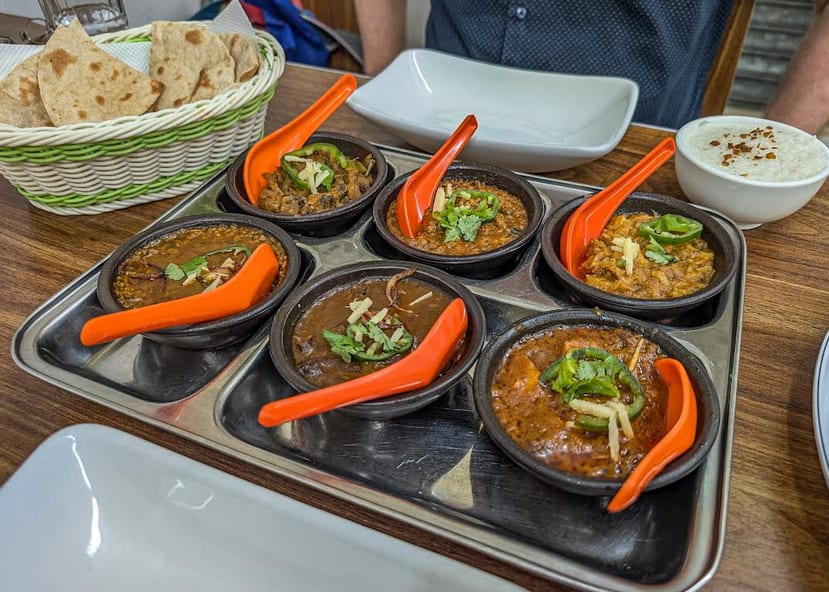
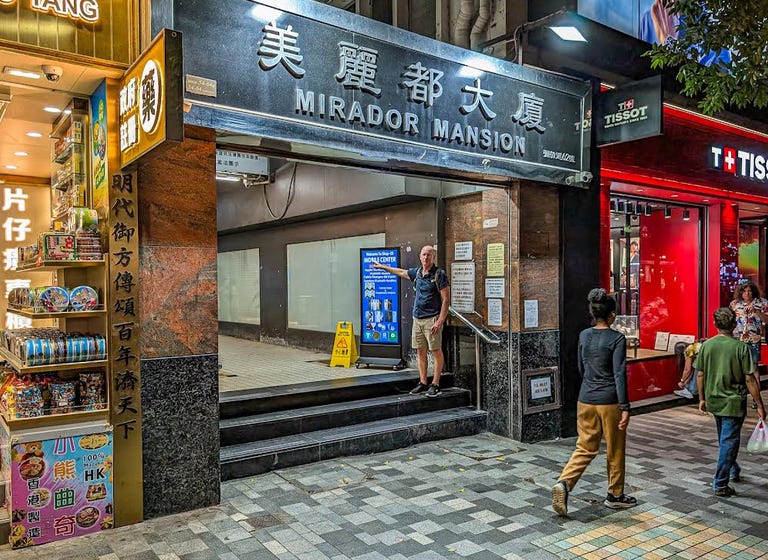
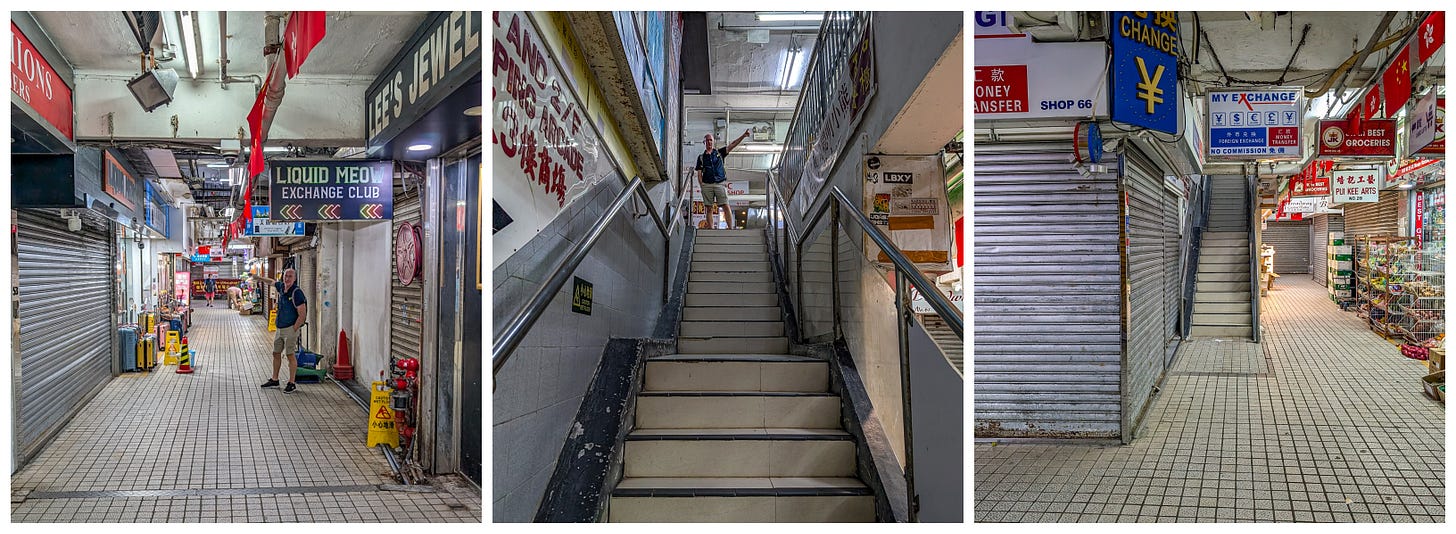


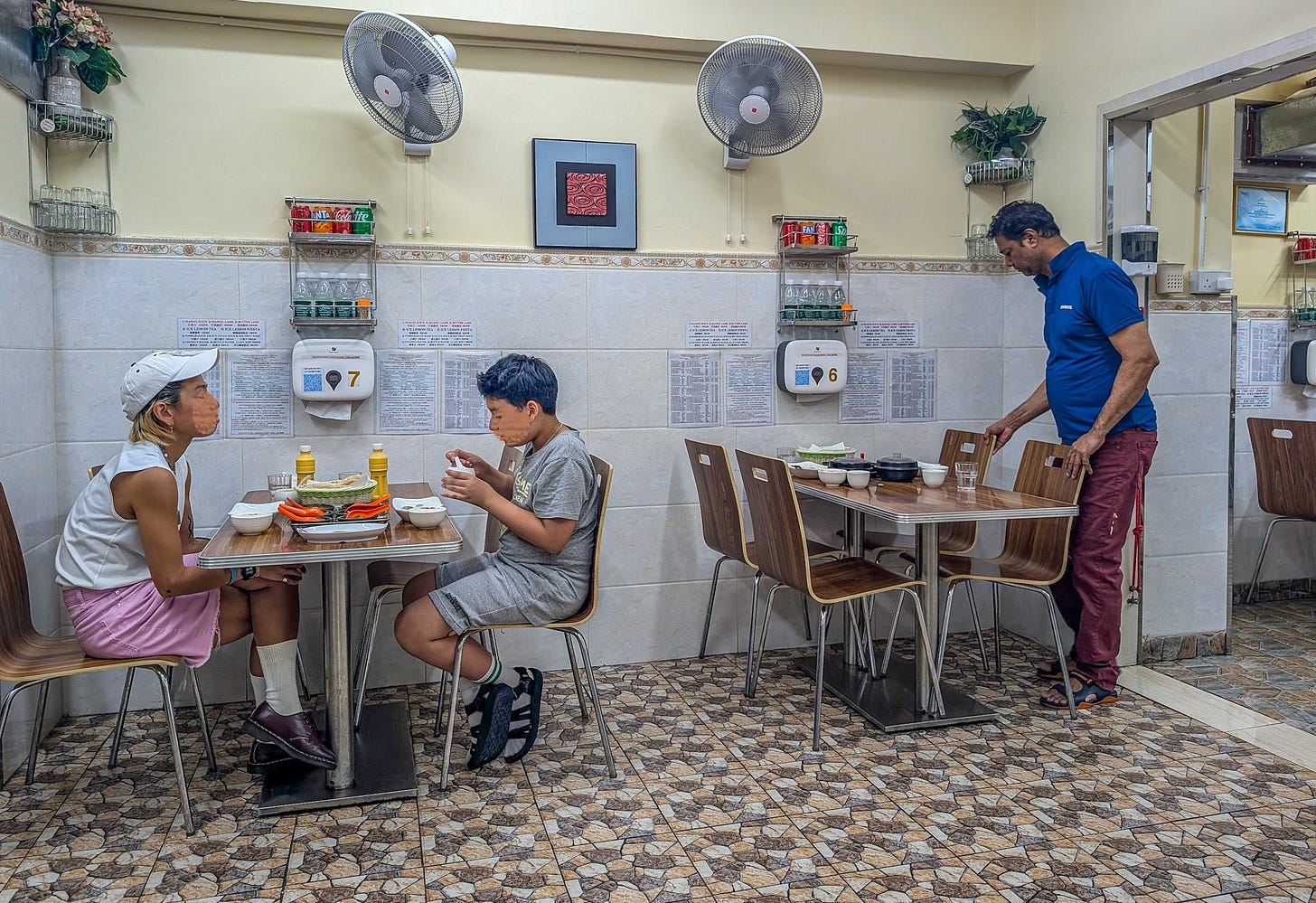
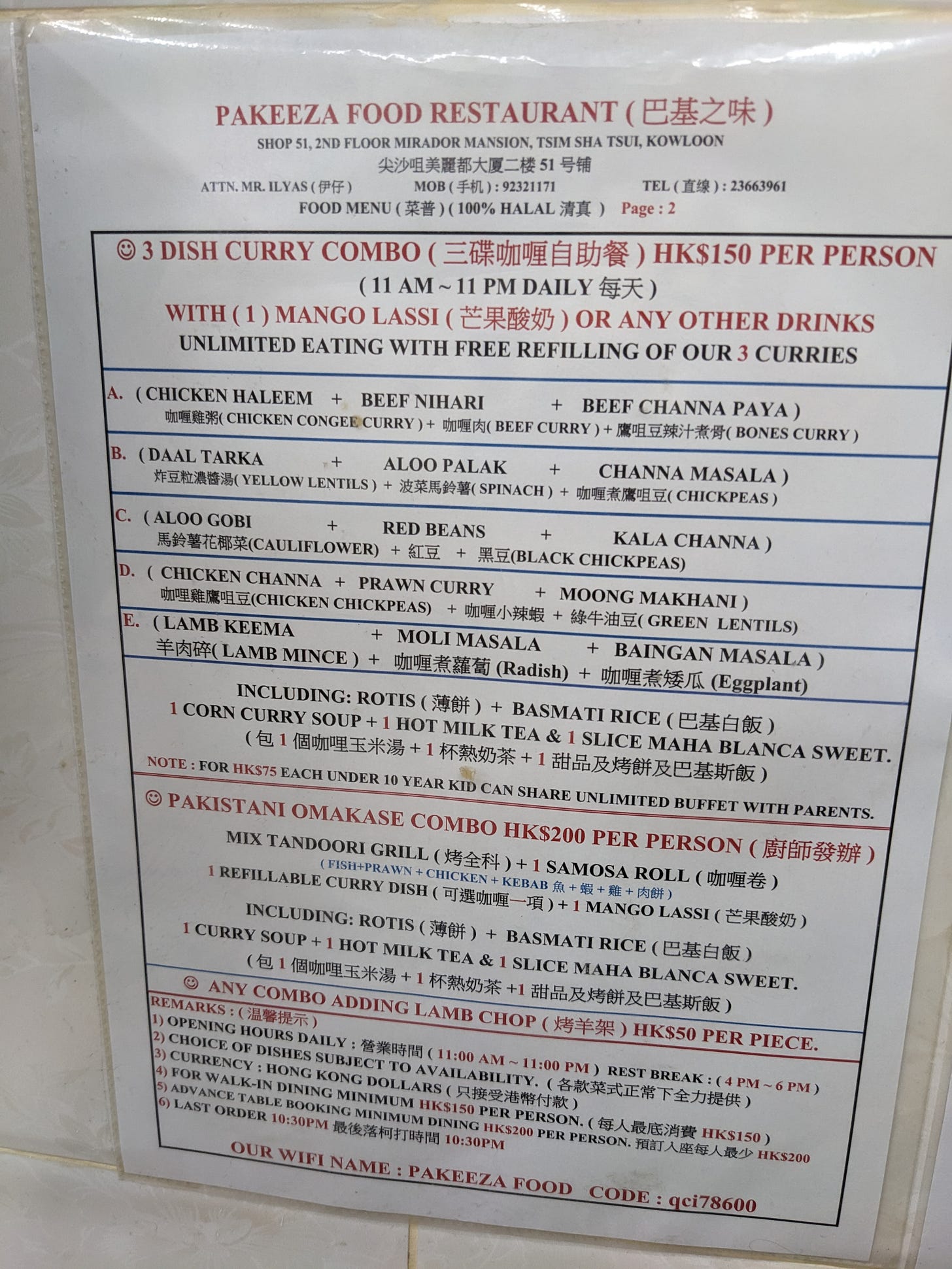
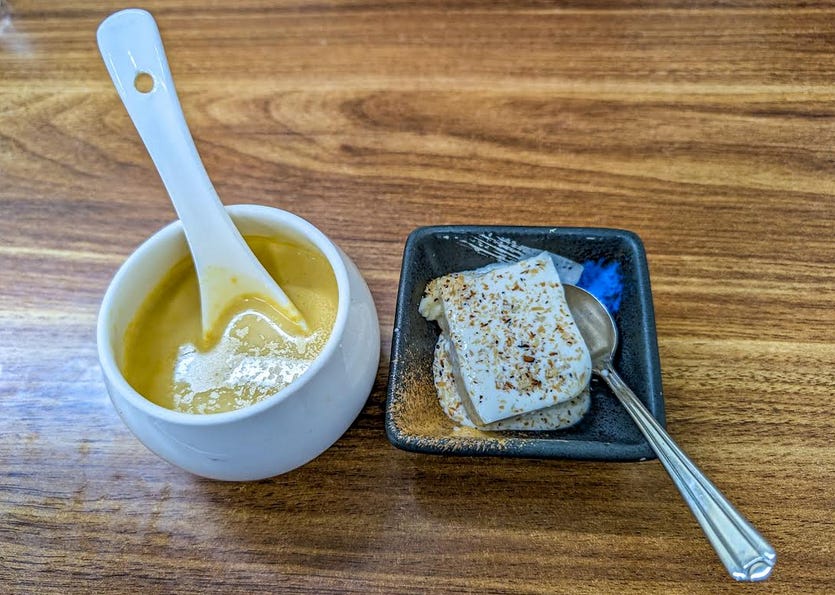

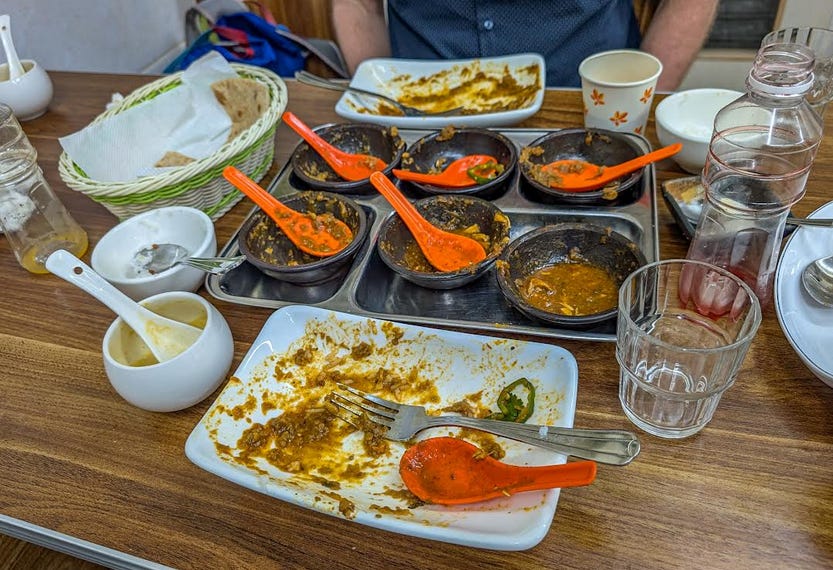


I love everything about this essay: the ease, the joy and the genuine enthusiasm for good things for good people. Thank you so much
I'm hungry already. Guess I must go to Hong Kong after all!